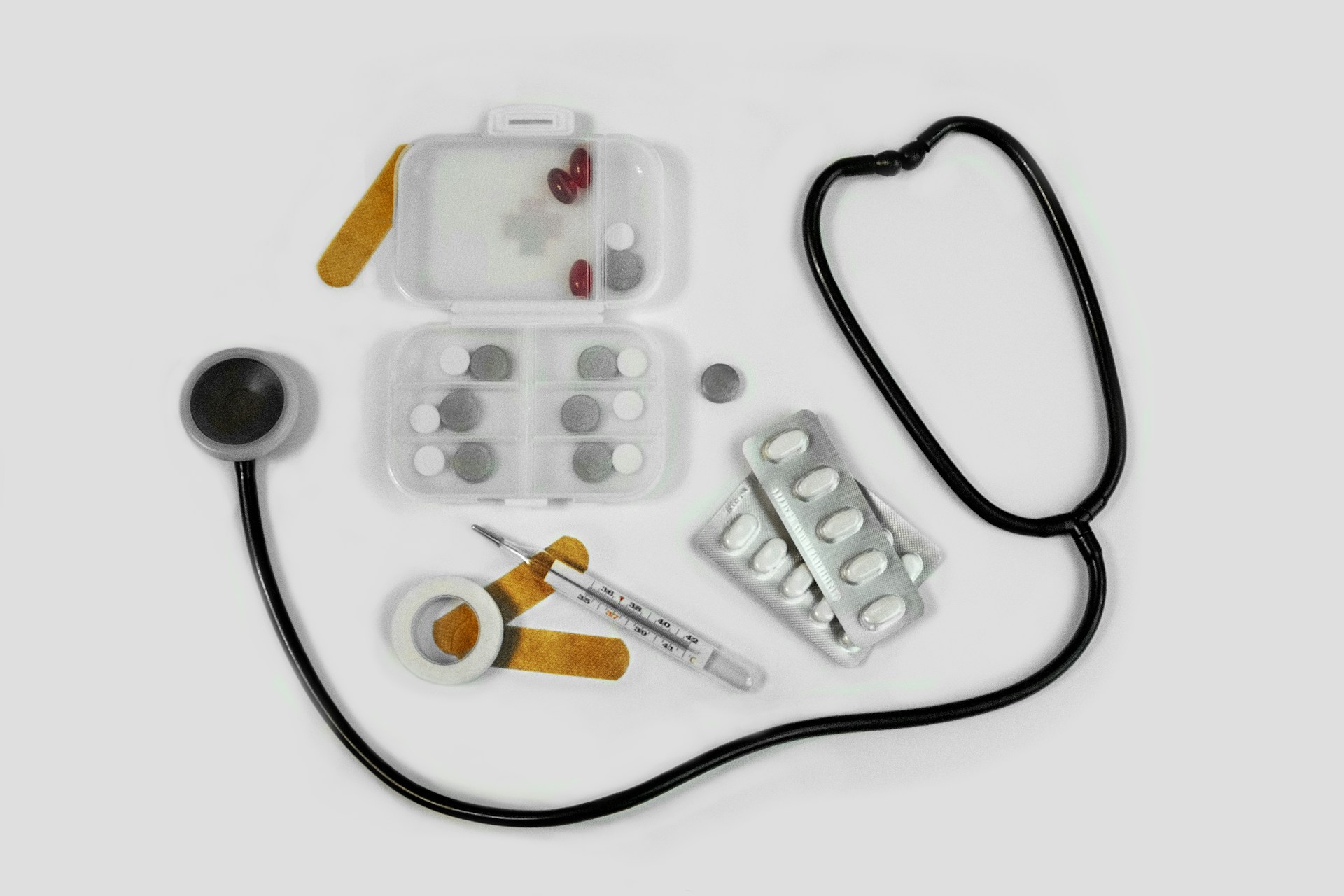Can You Afford Health Insurance? Exploring Your Monthly Costs

Health insurance is a critical necessity for protecting yourself and your family against unexpected medical costs, but for many Americans, the rising cost of health insurance premiums can feel overwhelming. Understanding how to assess your ability to afford health insurance is key to managing both your health and your finances. In this article, we’ll explore the various factors that determine how much you’ll pay for health insurance each month and provide tips on how to ensure that you’re getting the coverage you need at a price you can afford.
1. What is the Average Cost of Health Insurance in 2024?
The cost of health insurance can vary greatly depending on where you live, your health needs, and the type of coverage you choose. On average, individuals can expect to pay anywhere from $300 to $600 per month for a single health insurance policy. However, costs can be higher for families, with premiums often ranging from $1,200 to $2,000 per month or more.
This average cost can be affected by several factors, including your age, location, and income. Younger individuals tend to pay less for their premiums compared to older adults, and people living in states with higher healthcare costs may face higher premiums as well.
It’s also important to note that these numbers reflect the cost of plans purchased through the ACA marketplace. If you receive health insurance through an employer or a private insurer, the costs may differ, with employers often contributing a portion of the premium, reducing the amount you pay.
2. Understanding Health Insurance Premiums
Your monthly premium is the fixed amount you pay for health insurance every month, regardless of whether or not you seek medical care. While premiums are a major factor in determining whether you can afford health insurance, they are not the only cost to consider. Premiums can be influenced by several elements:
Plan Type and Coverage Level
Health insurance plans come in different tiers, such as Bronze, Silver, Gold, and Platinum, each with varying levels of coverage. Bronze plans typically have lower premiums but higher deductibles and out-of-pocket expenses. Platinum plans, on the other hand, have higher premiums but lower deductibles and out-of-pocket costs.
Choosing the right plan depends on your medical needs and financial situation. For example, if you are generally healthy and don’t expect to use many medical services, a Bronze or Silver plan might be the most affordable option for you. However, if you have frequent medical needs, a Gold or Platinum plan might be a better fit, as it offers lower out-of-pocket costs.
Age
Age is one of the primary factors that influence your premium. Under the Affordable Care Act (ACA), insurance companies are allowed to charge older individuals up to three times the premium amount they charge younger individuals. This means that as you age, your monthly premium will likely increase. This can be especially burdensome for people who are retired or nearing retirement and may not have the same income as when they were employed.
Location
Where you live also plays a significant role in determining your health insurance premium. Health insurance premiums vary by state and even by county, as each state regulates its own insurance market. States with higher living costs, such as California and New York, tend to have higher premiums. Meanwhile, states with fewer insurance options or lower healthcare costs may offer more affordable premiums.
Tobacco Use
Smoking and other forms of tobacco use can increase your premium. Health insurers typically charge smokers higher premiums because they are at a higher risk for various health issues, such as respiratory diseases and heart conditions. If you use tobacco, you can expect to pay around 50% more for your premium.
Health Status
While the ACA prohibits insurers from denying coverage based on pre-existing conditions, your health status can still influence your premiums. Individuals with chronic conditions or serious health issues may face higher premiums because their medical care is expected to cost more. However, the ACA ensures that those with pre-existing conditions are still covered, and they cannot be charged higher premiums based solely on their health history.
3. Are You Eligible for Subsidies or Financial Assistance?
One of the most significant factors that can affect whether or not you can afford health insurance is your eligibility for subsidies or financial assistance. Through the Affordable Care Act, many individuals and families can qualify for subsidies based on their income level. These subsidies can significantly reduce the cost of your premiums.
Premium Tax Credits
If your household income falls between 100% and 400% of the federal poverty level (FPL), you may qualify for premium tax credits that lower your monthly premiums. These tax credits are designed to make insurance more affordable for those who might otherwise struggle to pay for coverage.
Medicaid and CHIP
If your income is lower than the threshold for premium tax credits, you might qualify for Medicaid or the Children’s Health Insurance Program (CHIP), which offer low- or no-cost health coverage to those with limited financial resources. Medicaid eligibility varies by state, and 38 states have expanded Medicaid, offering more low-income individuals access to coverage.
Cost-Sharing Reductions
In addition to premium tax credits, cost-sharing reductions (CSRs) are available for those with lower incomes. These reductions lower the amount you have to pay when you visit a doctor, get prescriptions, or have medical procedures. To qualify for CSRs, you must buy a Silver plan through the marketplace and meet specific income requirements.
4. How to Save on Health Insurance Premiums
If you find the cost of health insurance premiums too high, there are several strategies you can consider to lower your monthly costs:
Shop Around
Compare plans in your area to ensure you are getting the best value. Use tools like HealthCare.gov or your state’s marketplace to compare plans and find the best coverage at the most affordable price. Sometimes, switching to a different plan or insurer can result in significant savings.
Consider a High-Deductible Health Plan (HDHP)
If you’re relatively healthy and don’t expect to need much medical care, a high-deductible health plan (HDHP) may be a good option. HDHPs generally have lower premiums but higher deductibles. If you choose an HDHP, consider pairing it with a Health Savings Account (HSA) to save for future medical expenses in a tax-advantaged way.
Check for Employer-Sponsored Coverage
If you’re employed, your employer may offer health insurance at a reduced cost. Employer-sponsored plans typically have lower premiums than plans purchased through the marketplace because employers often contribute to the cost of coverage. Be sure to check if your employer offers health insurance and evaluate whether it’s the best option for you.
Evaluate Your Coverage Needs
You might be paying for coverage that you don’t need. If you’re in good health and don’t have frequent medical expenses, you might be able to opt for a plan with a higher deductible and lower premium. On the other hand, if you have specific healthcare needs, you may want a plan with a lower deductible, even if the premium is higher.
5. What Happens If You Can’t Afford Health Insurance?
If you find that you can’t afford health insurance, you may face a few different consequences. Without insurance, you are financially vulnerable to high medical costs if you get sick or injured. However, you may qualify for subsidies or government assistance, as mentioned earlier. If you don’t qualify for assistance and are unable to afford coverage, it’s essential to seek out low-cost or free clinics, charity organizations, or local health programs that can provide healthcare services in your area.
Conclusion
Affording health insurance is a challenge that many Americans face, but it’s not impossible. By understanding how premiums are determined and exploring options like subsidies, Medicaid, and different types of plans, you can find an affordable solution. Remember to compare different plans, assess your healthcare needs, and take advantage of any financial assistance programs available to you. Health insurance is an investment in your health and financial security, so it’s essential to find a plan that fits your budget and provides the coverage you need.


